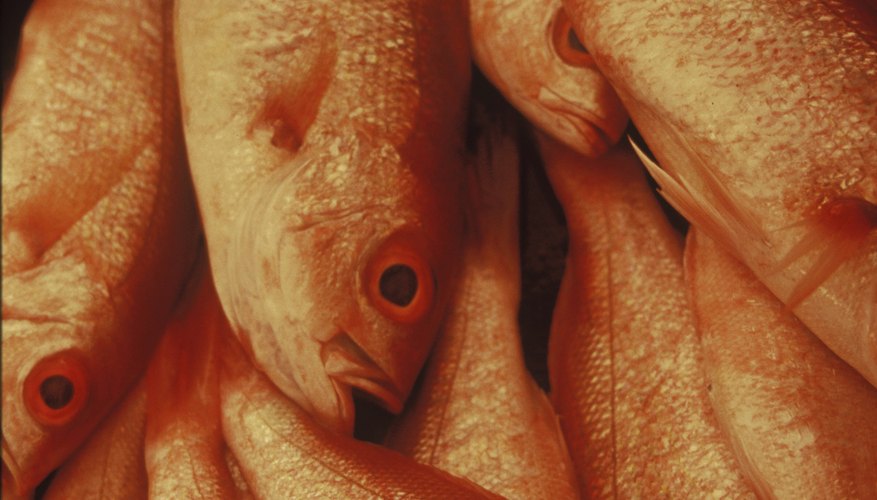You can refreeze most types of frozen foods that have thawed. Because quality deteriorates after food has been gathered or butchered, you need to store frozen foods at low temperatures. An incremental five-degree rise in temperature will cause food quality to change twice as fast. If food has thawed partially, you can refreeze it as long as it contains a solid centre and ice crystals. However, the quality may be compromised. If the food has thawed to the point of reaching room temperature, you should either cook it or throw it out.
Thawing conditions
You can refreeze raw or cooked foods that have thawed in the refrigerator without having to cook it. If you thaw and cook frozen food, you can refreeze the unused portion. If you buy frozen meat, poultry or fish from the supermarket, you can put them into the freezer when you get home. Refreeze leftovers within a three- to four-day period. Avoid refreezing food that has been left out of the refrigerator and in room temperature for over two hours. If the room temperature is higher than 32.2 degrees Celsius (90 degrees Fahrenheit), the safe limit is only one hour. The type of bacteria that causes food poisoning proliferates in warmed food.
- You can refreeze raw or cooked foods that have thawed in the refrigerator without having to cook it.
Types of thawed foods to refreeze
Refreeze thawed fruit that still retains flavour and a pleasant odour. You can safely refreeze bread, biscuits, plain doughnuts, cake, cereal, flour, nuts, margarine, cheese and fruit and juice concentrates. You can return partially thawed meat, poultry and fish to the freezer, as long as the core is solid and there are visible ice crystals.
Types of thawed foods not to refreeze
Do not refreeze prepared and cooked foods, such as stew, casseroles, meat and poultry pies, cream pies and pizza. Avoid refreezing low-acid foods, puddings and creamed foods. The quality of thawed vegetables and melted ice cream degrades significantly if you refreeze them.
Types of food not to freeze
If you find canned food that has been frozen unintentionally, such as food left in underground shelters or garages in a subzero climate, you may be able to preserve it. Thaw the can in the refrigerator. If the can's seams show any signs of oxidation, throw the can out. If a can bursts, cover it with plastic and dispose of it where people and animals can not access it. Avoid storing shell eggs in the freezer. Their yokes thicken and become viscid.
- If you find canned food that has been frozen unintentionally, such as food left in underground shelters or garages in a subzero climate, you may be able to preserve it.
